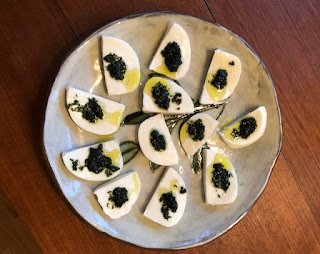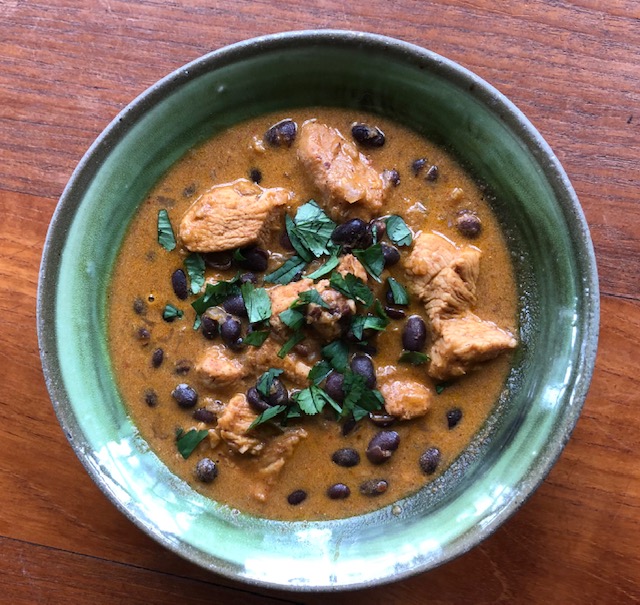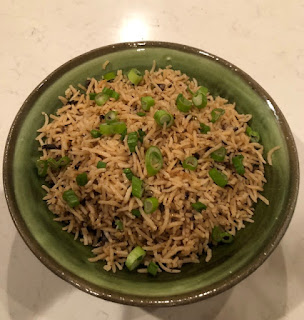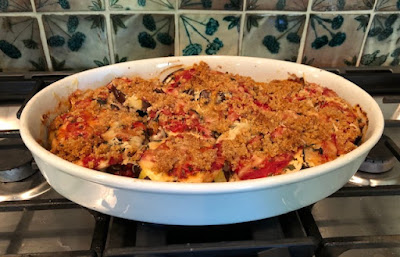Easy
Fresh Basil Sauce for Appetizers or Pasta Salad
While Pesto, the classic basil sauce from the Genoa region of Italy, is basically a sauce for pasta, it is also a convenient topping to add flavor and color to canapés, marinated cheese, sandwiches and pasta salad, and even pizza. Commercially made pesto is available in small jars the US, as it is in Italy. It tends to be expensive.
Pesto is somewhat complicated
to make, requiring in addition to fresh basil leaves, pine nuts and pecorino or
Parmigiano cheese. Because I’ve been making appetizer dishes for our
restaurant’s catering, I’ve often needed a basil-based condiment for highlights
or marinade. So I make a much simplified basil sauce that serves our needs.
Here’s a recipe for this
simple sauce. It makes a small quantity, since not much is needed for most
things. But the recipe can easily be multiplied if needed. Use it for lightly
topping sliced fresh mozzarella for a side dish, or put a little on thinly sliced
Toscano or Asiago cheese on a cracker (and add a couple drops of honey!). Or
marinate fresh mozzarella balls or chunks with it for Caprese skewer
appetizers. It can be mixed, in limited quantities, into pasta salad or
drizzled onto sandwiches or other dishes where fresh basil highlights would be
exciting. Mix some of it into a little more olive oil for a wonderful dip for
crusty bread.
12 medium-large fresh basil
leaves
 |
| Basil Sauce served with Fresh Mozzarella |
2 to 3 drops vinegar
A pinch of sea salt
A pinch of freshly ground
black pepper
Rinse and drain the basil
leaves. On a cutting board mince them very finely, almost to a paste, with a
chef’s knife. Place basil in a small dish from which the sauce can be served.
Gently stir in the remaining ingredients. Allow to season at least 10 minutes,
then stir again.
The sauce tastes best when
used within an hour or two of making it, but it will store for a day or two
refrigerated.



.jpg)
.jpg)











